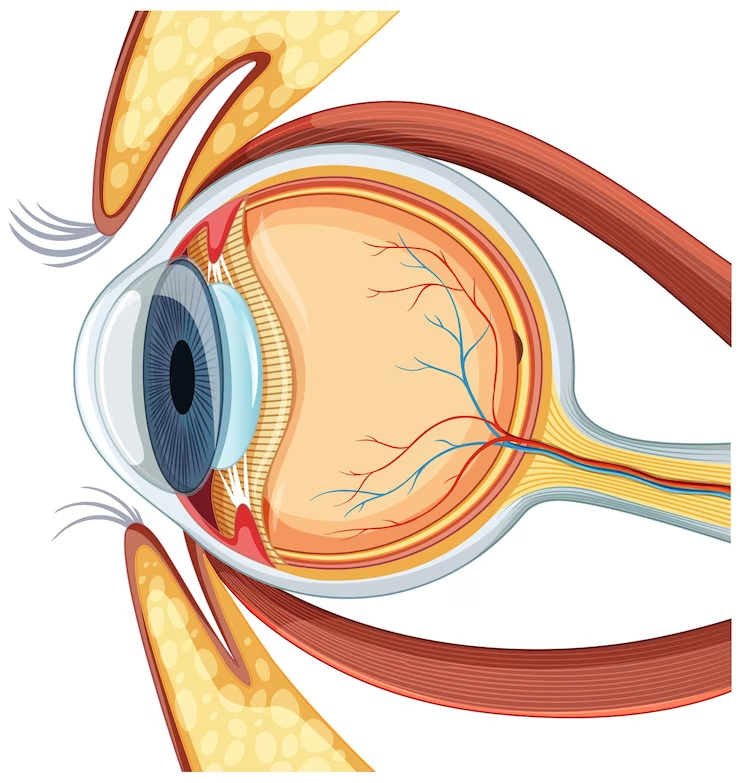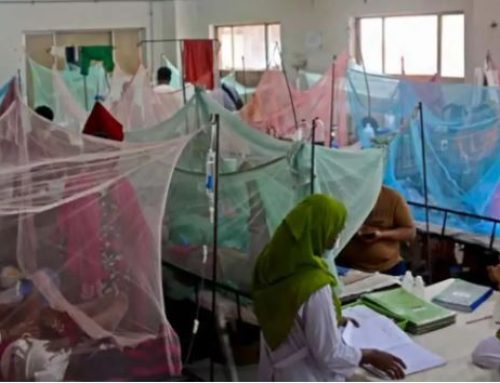Project Description
Author: Mahmuda et al.
Summary:
The study aimed to evaluate and compare the results of the conjunctival flap (CF) and cryopreserved amniotic membrane graft (AMG) in the management of fungal corneal ulcer with complications or non-responsive to medical treatment.
In this retrospective study, medical records of 30 patients with culture-positive fungal corneal ulcer treated with either CF or AMG (15 eyes in each group) were retrieved for analysis. After the surgical procedure, patients were followed up at days 1, 7, 14, 21, 30, 60, 90, 120, and 180 to explore outcome of the operation along with complications.
Infecting fungi were Fusarium (n=11), Aspergillus (n=10), Mucor (n=4) and Penicillium (n=10). The most common indication was resistant ulcer with perforation. After the procedure, epithelization was completed in 11(73.33%) and 13 (86.67%) patients in the CF and AMG groups. Visual acuity improvement was significantly better in the latter group (CF: 1 [6.67%] vs. AMG: 7 [46.67%], p=0.023). Flap failure occurred in 4 patients (26.67%) from the CF and 2 (13.33%) from the AMG group. No significant differences were found between the two groups regarding success rate (p=0.651), epithelialization time (p=0.691), healing of corneal ulcer (p=0.651), and postoperative stability (p=0.651) of the flaps.
CF and AMG are both effective for the management of refractory fungal corneal ulcers. However, AMG appears to improve visual acuity better than CF.
Keywords: Conjunctival Flap; Amniotic Membrane Graft; refractory corneal ulcer; fungal corneal ulcer; Cornea
Status: Ongoing
Full text link: Not available




